Modern Slavery
What you need to know as a Landcom supplier
Modern Slavery | What you need to know 2

As a reporting entity under the Modern Slavery Act 2018 (Cth), Landcom are committed to educating staff and suppliers on this issue.
This Modern Slavery training contains three modules and a quiz and will only take 30 minutes
Understanding Modern Slavery.
Forms of Modern Slavery and how it's encounterd in supply chains.
Reporting Incidents of Modern Slavery.
Test your knowledge during this short quiz.
Understanding Modern Slavery

The Act defines Modern Slavery as including eight types of serious exploitation.
Select each of the types to learn more about them.

Select a circle to reveal a Modern Slavery statistic
Source: Walk Free 2023, Global Slavery Index 2023.
Available from: https://www.walkfree.org/global-slavery/index


According to the Global Survey Index, these countries are ranked as the top ten globally with the largest estimated numbers of people in Modern Slavery.

Select the green markers to show the types of construction related products where Modern Slavery occurs.

Select the blue star icon to reveal the types of industries in Australia at risk of Modern Slavery.

Reference: Global Estimates of Modern Slavery (2017),
2018 Global Slavery Index, Products of Slavery, Anti-Slavery

The construction industry poses many risks for Modern Slavery.
Watch this 2:38 minute film to learn more.

Hover over each images to learn more about construction risk areas.


Material used in construction
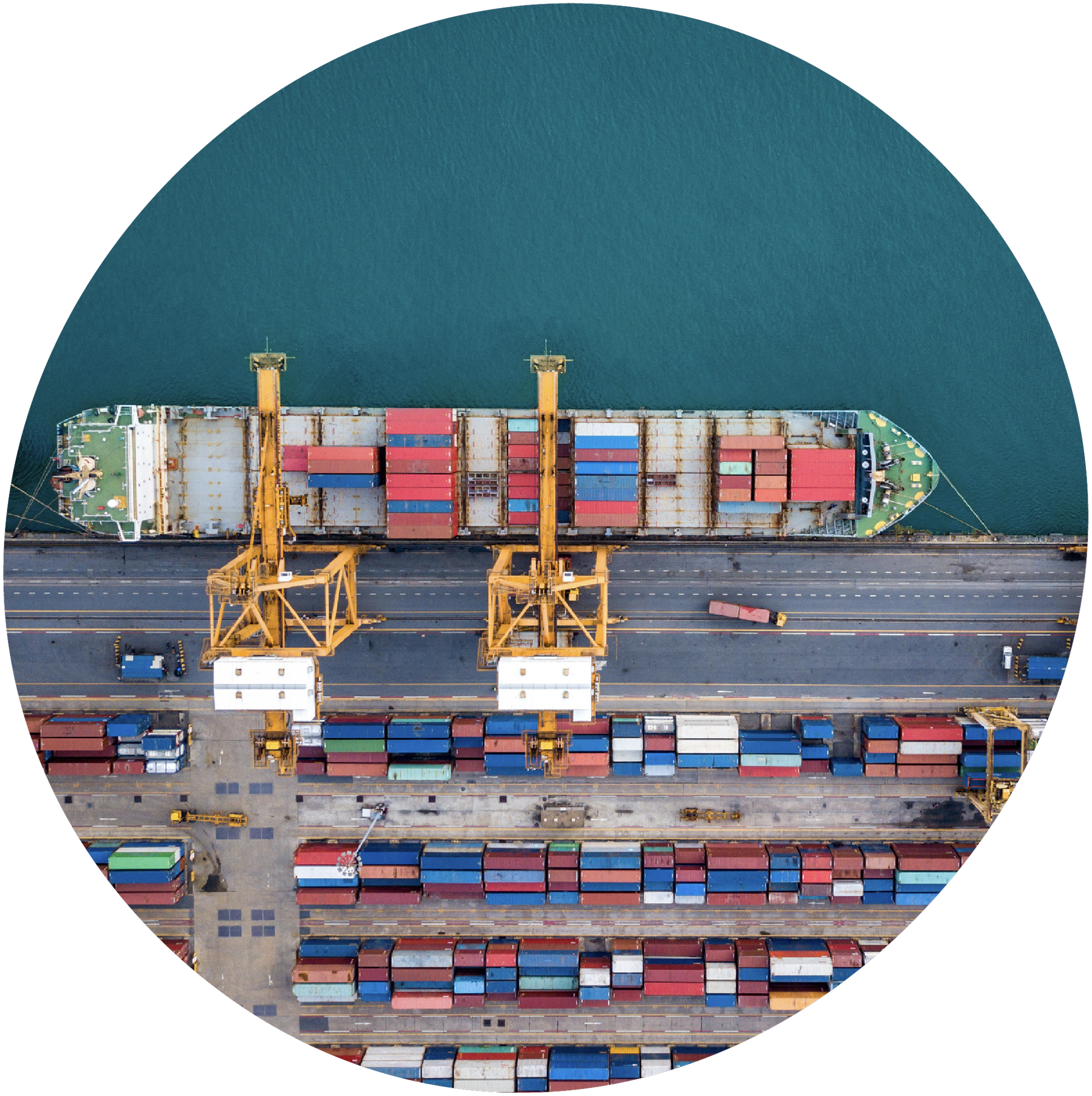
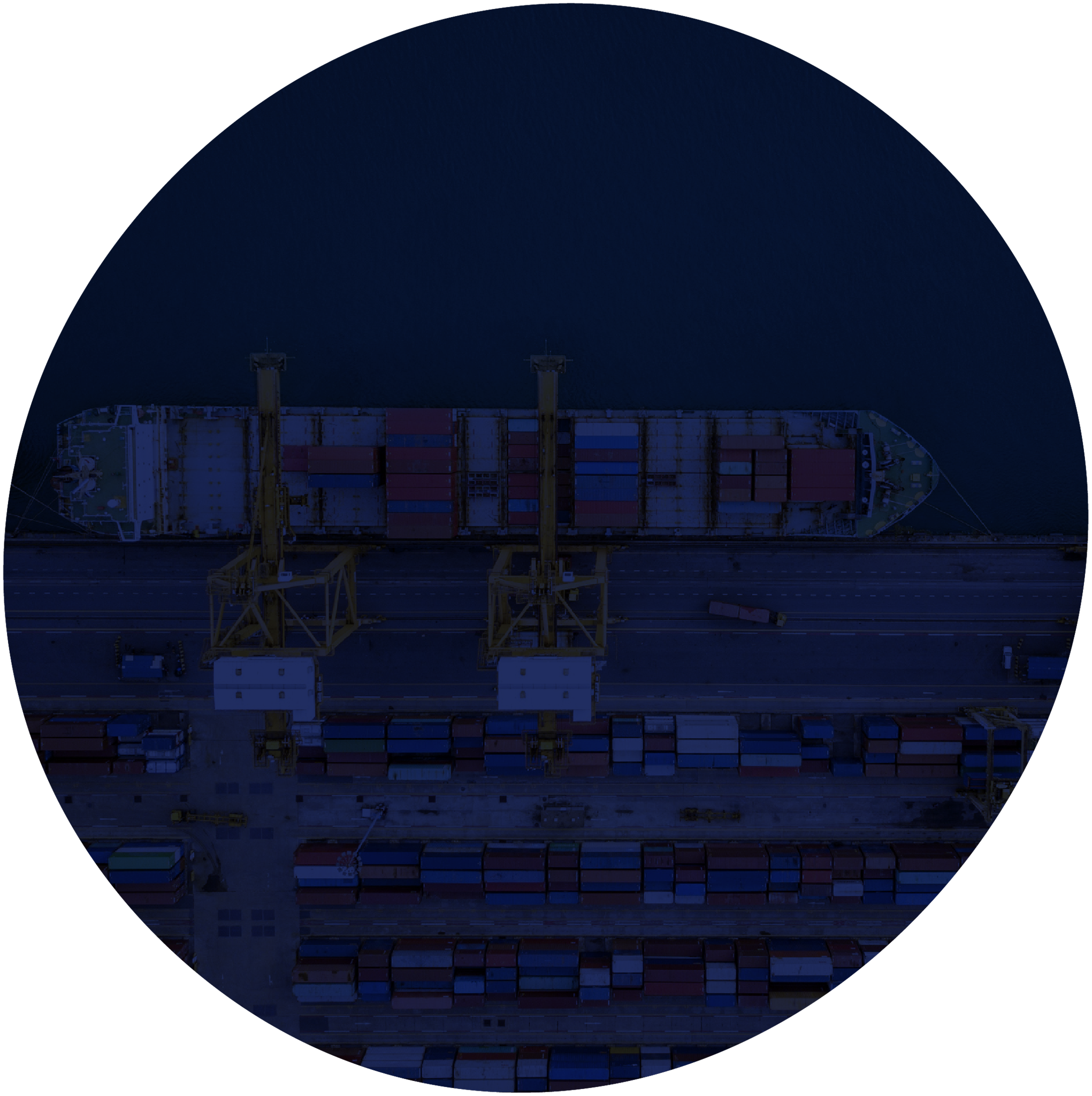
Complex supply chains
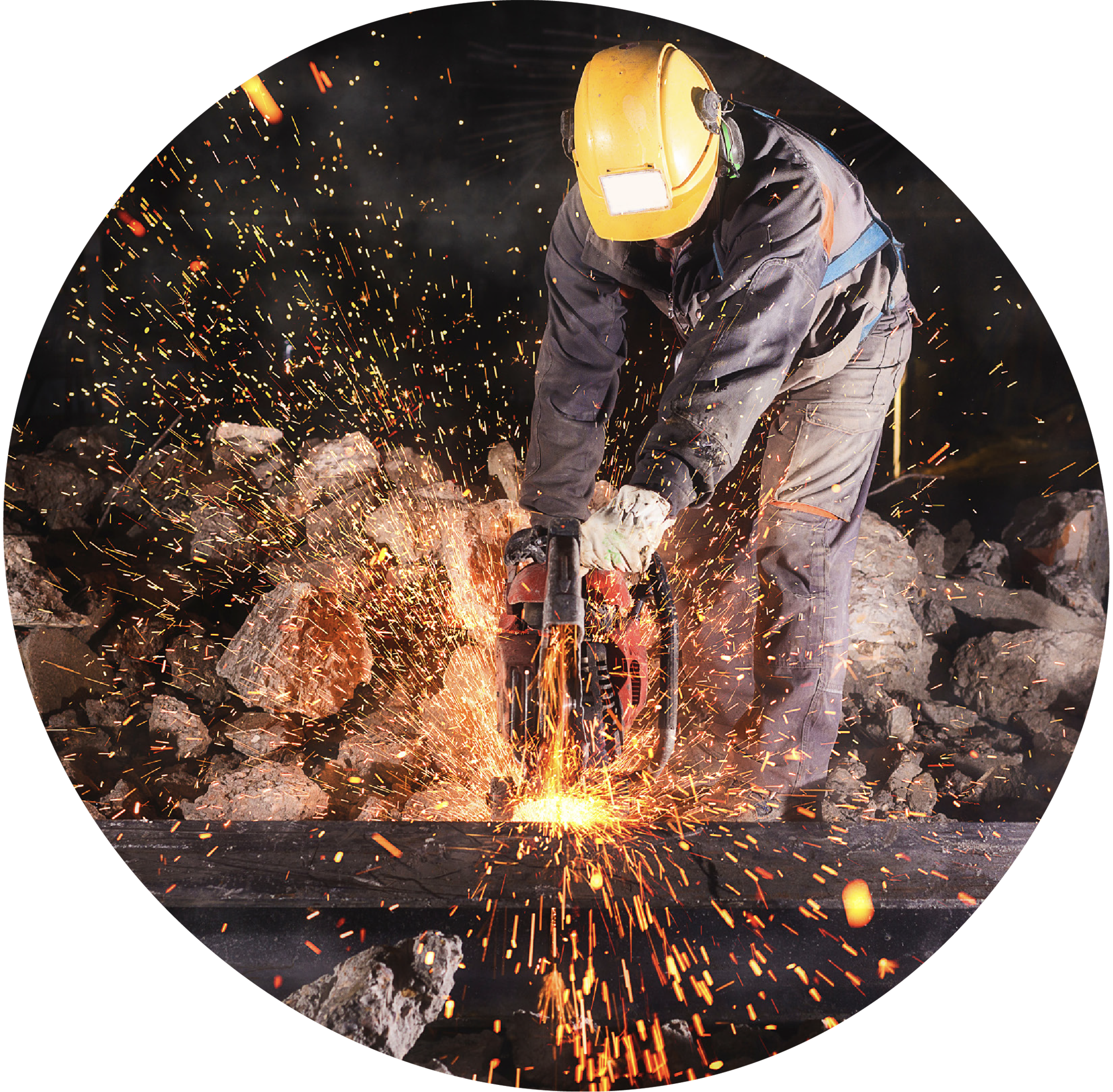
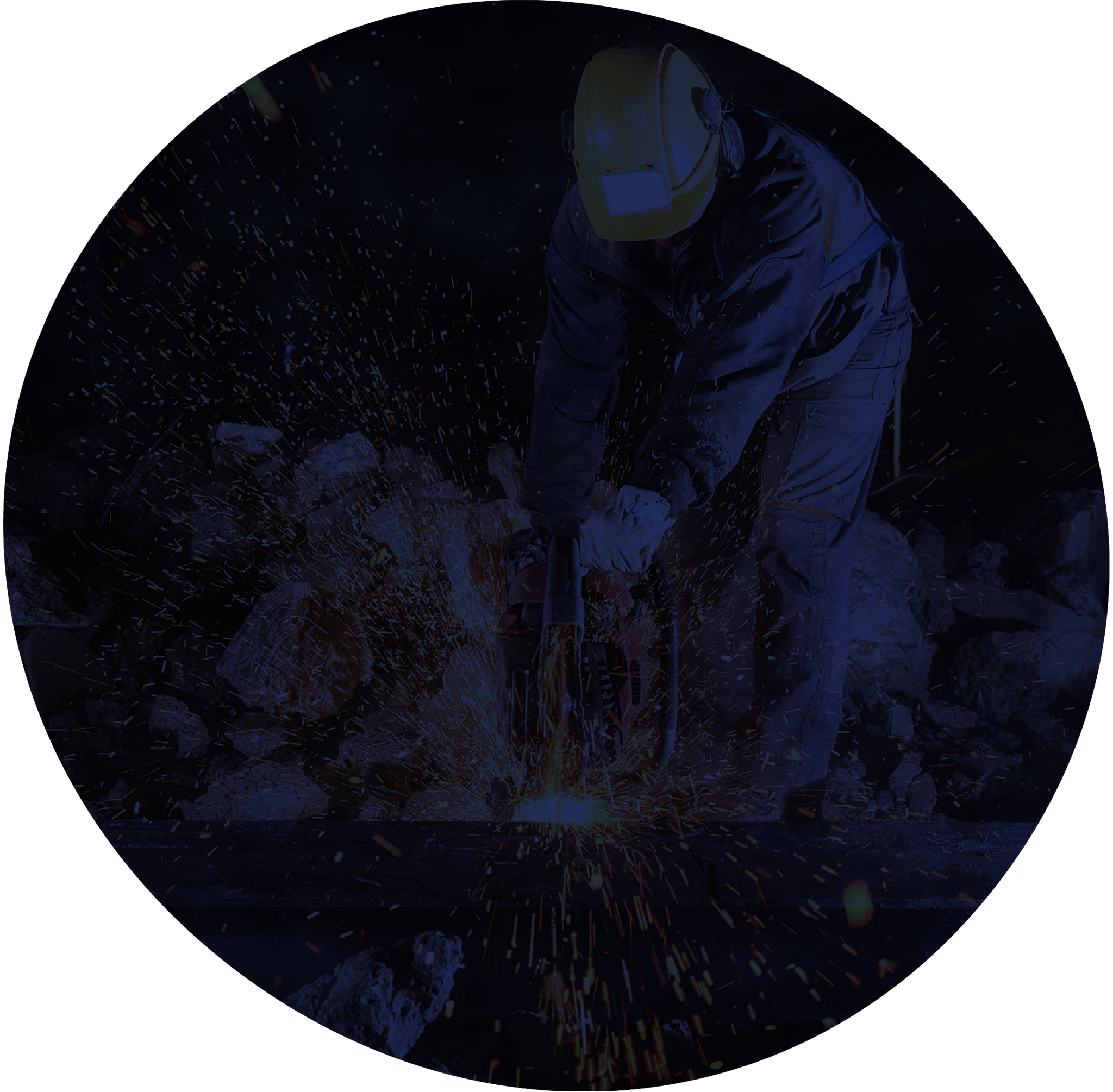
Low skilled labour force

Select each icon to learn more.






Colours represent inherent risk:
 High risk
High risk
 Medium risk
Medium risk
 Low risk
Low risk
Landscaping contractor with permanent employees and some sub-contractors via direct contracts for materials and labour.
Select the circle to learn more about how this eventuates at Landcom.
Product made in Australia with third party certified raw materials
Bricks sourced from Pakistan factory. No third party certifications.
Softfall rubber underlays sourced from Myanmar, with Fair Trade certification and third party audits.
All timber is FSC certified and Australian sourced.
Materials risk
Forms of Modern Slavery

Recruitment and hiring practices that may indicate an increased risk of Modern Slavery.
Select the buttons to learn about some recruitment and hiring indicators.
Long chains
of labour recruiters
Direct recruitment fees

Select each circle to learn about some employment practices that could indicate Modern Slavery.

Select the arrow to learn about just ten of the many incidents that victims of Modern Slavery may experience.
Victims of Modern Slavery may...
face abuse, trauma, degrading living conditions or degrading
working conditions.
have their wages withheld or
are not being paid properly.
be forced to repay a debt, recruitment fees or travel
expenses.
have their passport, travel documents or identification
documents detained.
be supervised from one location to another, with no
access to a phone or other means to reach out for help.
encounter intimidation,
threats or actual physical and
sexual violence.
see their movement restricted, with limited family and
social contact.
not be able to see a doctor or have access to medical care.
be forced into excessive overtime with little or no
breaks or time off.
be terrified of a handler, a trafficker or what might
happen if they try to escape.
Reporting Incidents of Modern Slavery

If you are a principal contractor on site - you have the ability to report any suspected incidents of Modern Slavery via the Safe Me portal.
Watch this short video on how to create a new incident in SafeMe.
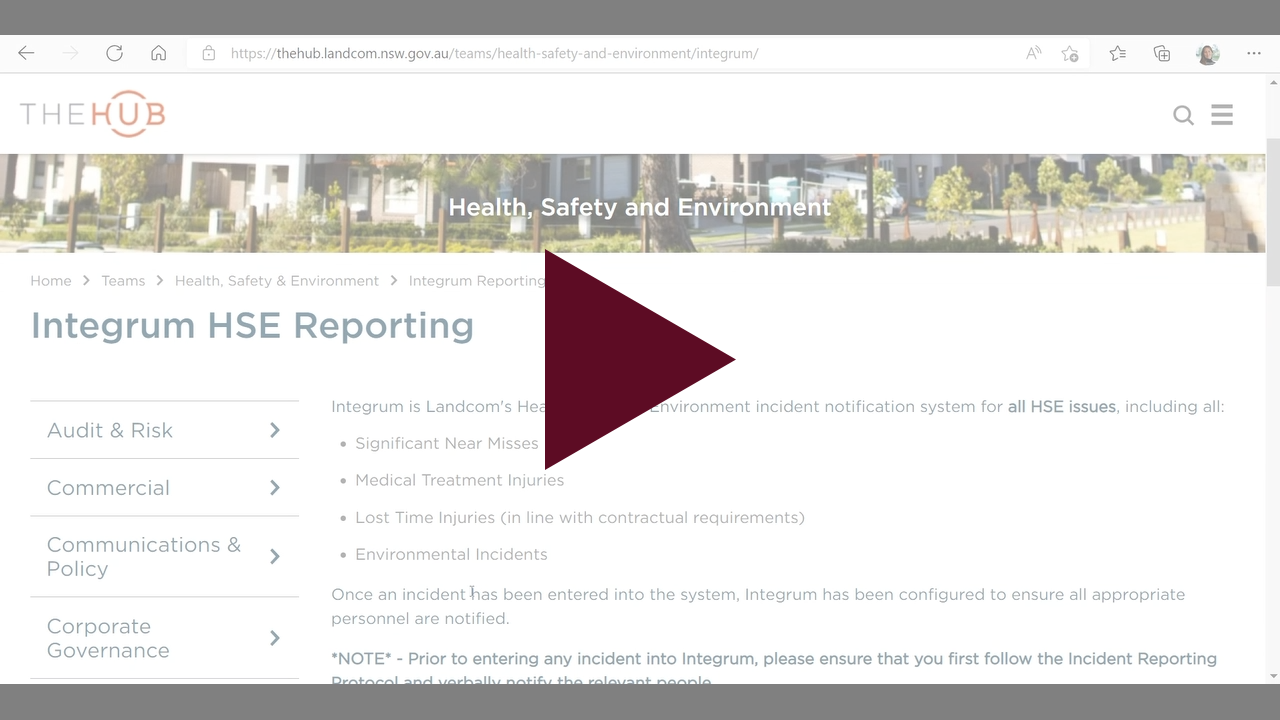
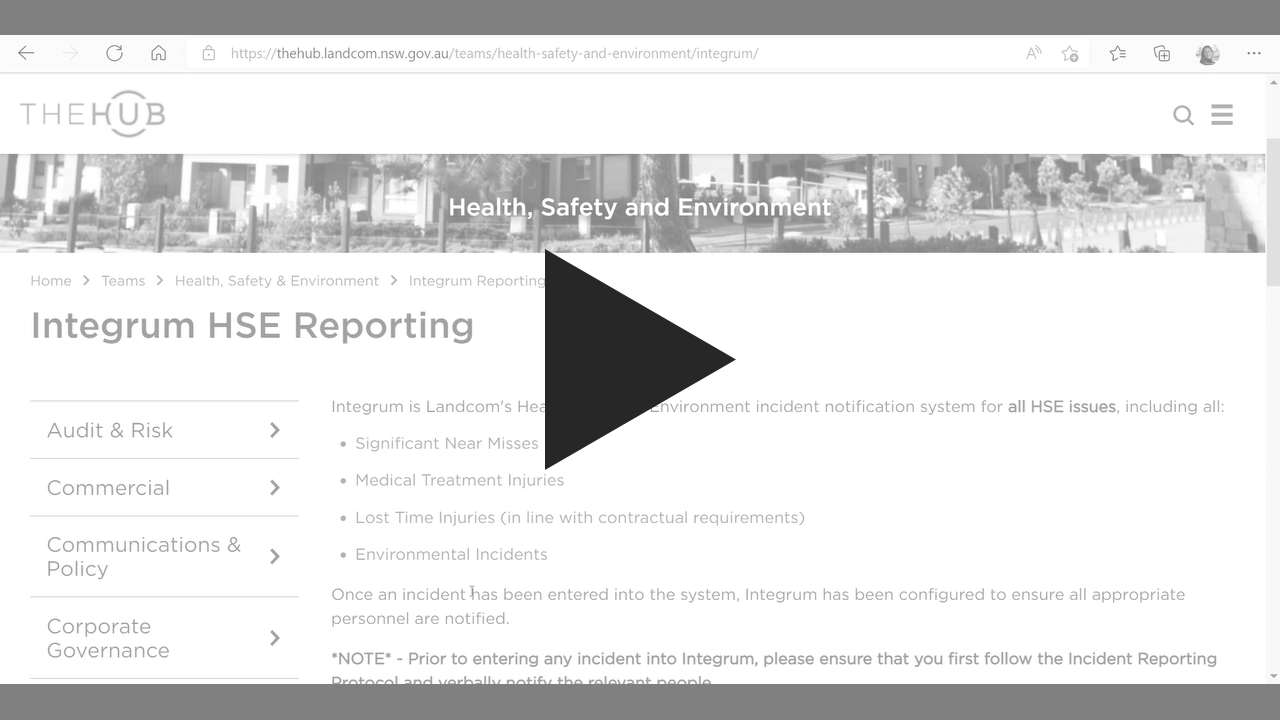
Then follow these steps to report a suspected incident of modern slavery. Select the screenshot to see the steps.
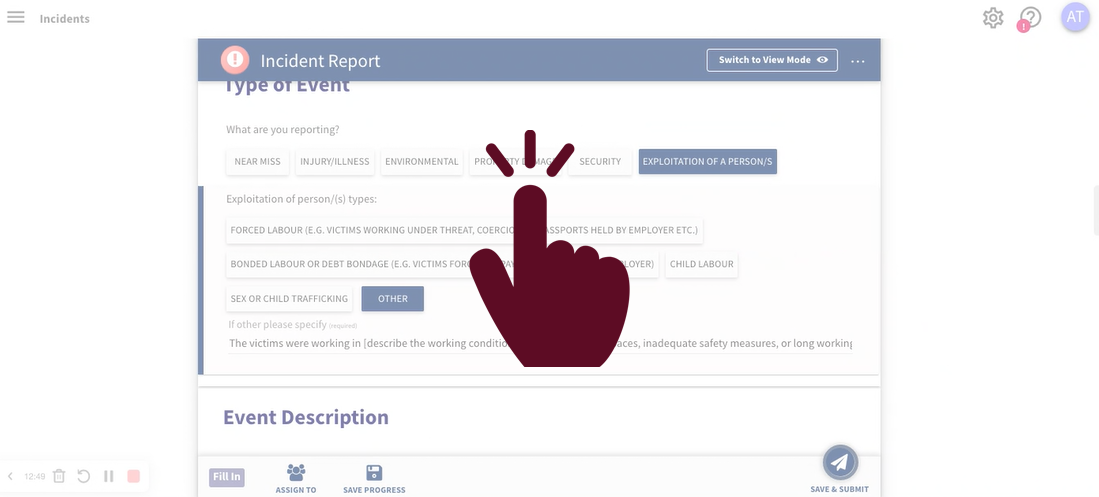
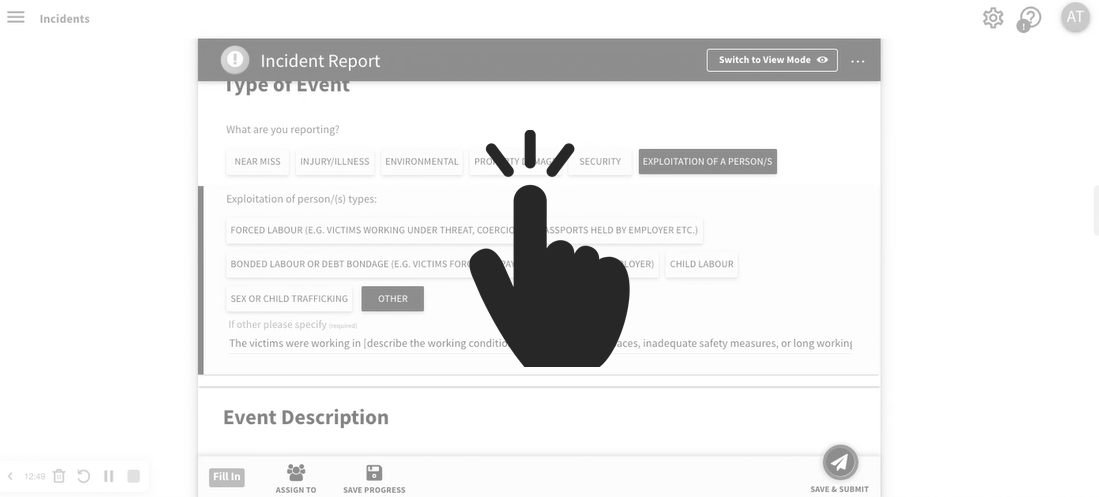

Landcom have introduced an independent reporting mechanism called 'Speak Up'. You can make reports of concerns via phone, website, email and mail, and these can be anonymous.
Posters like the one opposite, are located at Landcom site offices and we are encouraging employees of our contractors to 'Speak up' if they feel something is not quite right at their workplace.
If you are not located on a Landcom project site you can access the same reporting line via our website:


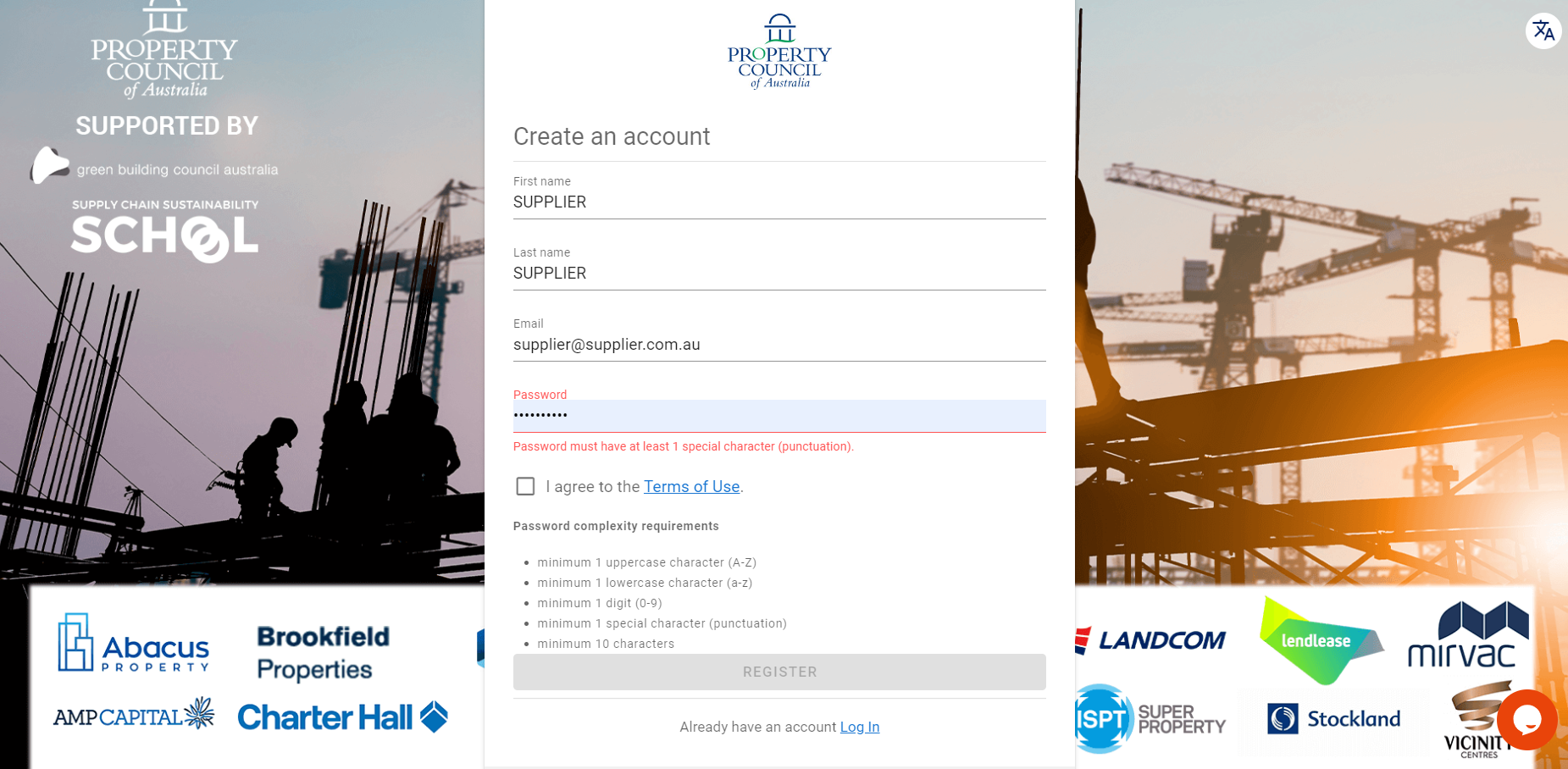
Now it's time to test your knowledge. Answer the following multiple choice questions.
Correct

Your Score:
100Your Score:
100Congratulations, you passed!
Correct
That's right! You selected the correct response.
That is incorrect. Please try again
Modern Slavery | Quiz


Additional resources and training can be found here: